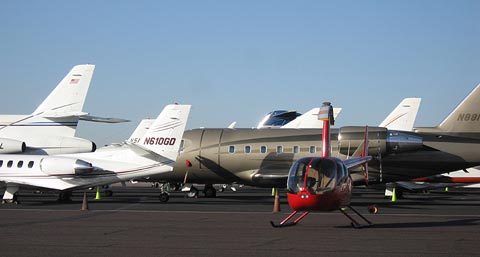A definition from FAR Part 1.1.
According the FAR Part 1.1: General Definitions:
Pilot in command means the person who:
(1) Has final authority and responsibility for the operation and safety of the flight;
(2) Has been designated as pilot in command before or during the flight; and
(3) Holds the appropriate category, class, and type rating, if appropriate, for the conduct of the flight.
How this Might Appear on Your Oral Exam
Blogging the FARs: An Introduction
Pilot in Command
ATC Light Signals
Fuel Requirements
ELTs
This seems like pretty simple stuff, but it always appears in an oral exam in one way or another. The examiner won’t ask for the definition. Instead, he’ll ask a question that refers to the definition, something like: “Who has final authority over the aircraft?” or, more slyly, “If the tower tells you, the pilot in command, something to do and you think it’s dangerous, should you do it?” The answers to those questions are the pilot in command (that’s you, if you’re taking the check ride) and no, respectively.
FAA examiners are very sly people. If they sense any doubt in your mind, they’ll push harder to get you to give them the wrong answer. The next question might be, “Are you sure? The tower is telling you to do it. Don’t they have authority?”
Don’t fall for this! Remember that when you’re pilot in command, you are the boss of the aircraft. But you also need to remember that if you don’t follow an ATC instruction, you better have a damn good reason why you didn’t and that reason better be somehow related to safety.
This is also covered in Part 91.3: Responsibility and authority of the pilot in command:
(a) The pilot in command of an aircraft is directly responsible for, and is the final authority as to, the operation of that aircraft.
(b) In an in-flight emergency requiring immediate action, the pilot in command may deviate from any rule of this part to the extent required to meet that emergency.
(c) Each pilot in command who deviates from a rule under paragraph (b) of this section shall, upon the request of the Administrator, send a written report of that deviation to the Administrator.
Stating the Obvious
The Part 1 definition also suggests that you can’t be a pilot-in-command until you qualify for it. For example, an airplane pilot can’t be a pilot in command of a helicopter until he/she gets a helicopter rating. And, oddly enough, a 5000-hour helicopter pilot who has been flying all kinds of helicopters but has never had any training in a Robinson R44 could not be a pilot in command of that helicopter. Why? Because there are additional regulations (specifically, SFAR 73) covering that make and model of helicopter.
The best thing to do before flying a different aircraft is to make sure you you have the rating(s) you need to fly it. When in doubt, ask a flight instructor, the company you may be renting from, or the FAA. My advice is to always fly with a flight instructor for at least 30 minutes in any different kind aircraft you’re flying for the first time. And make sure he/she signs off in your logbook before you go solo, just in case there is a problem. You (or your next of kin) want to be able to prove that you had some training in this lawsuit-happy country we live in.
Other Stuff to Check and Remember
And don’t forget the other Part 61 rules which also apply here, including qualifications, currency, etc. And the Part 67 medical requirements.
(To me, that’s the biggest problem with the FARs; they require you to look in a half dozen places just to get the answer to a question.)
By the way, the responsibilities of the pilot in command are also covered in the AIM Chapter 5, Section 5-5-1b.

